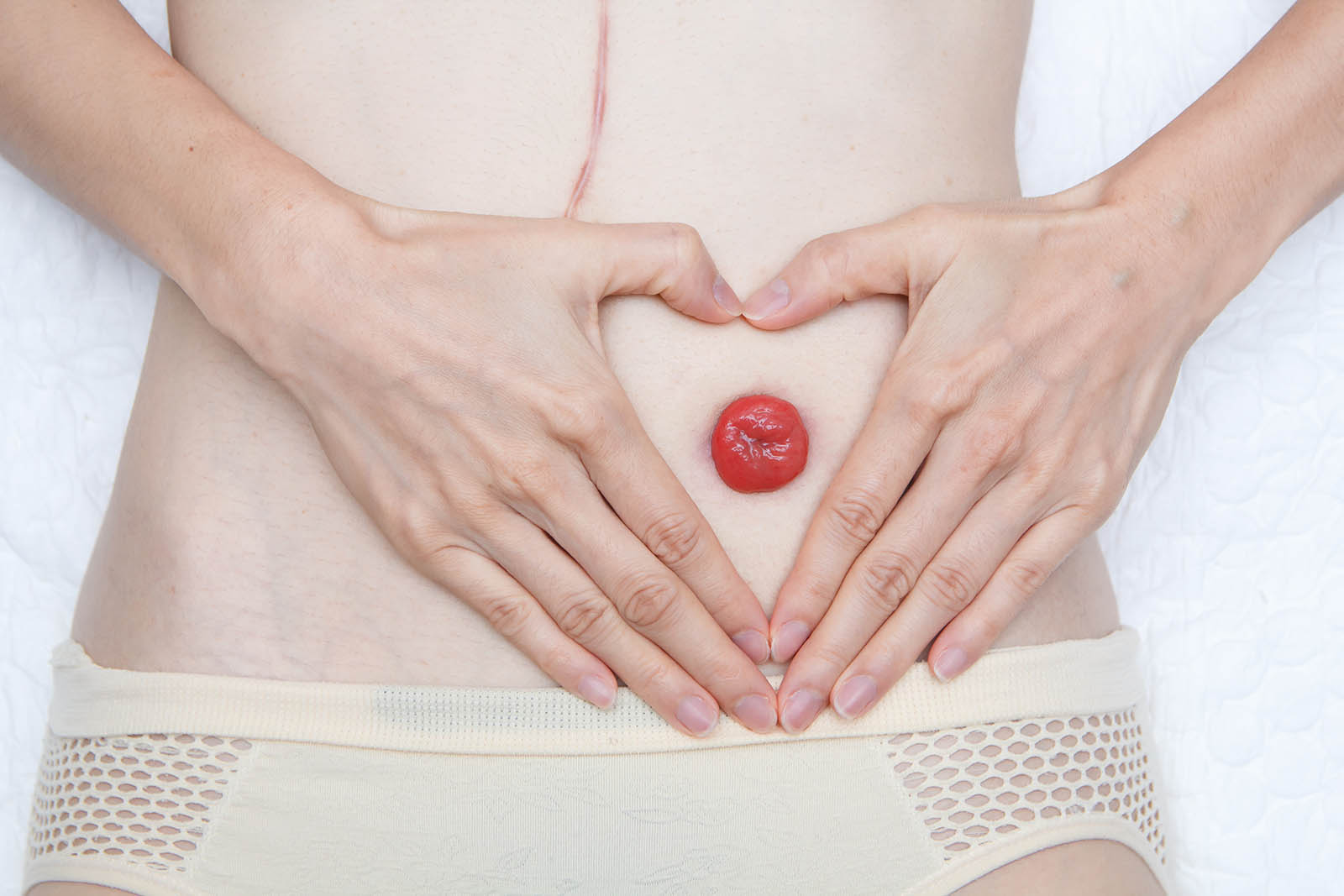For many individuals, the term “ostomy” may be unfamiliar, yet it represents a life-changing procedure that offers critical relief and functionality in managing various health conditions. If you or a loved one is considering or has undergone an ostomy, understanding the procedure, its purpose, and the care it entails can help ease concerns and promote confidence. For instance, everyday essentials like medical blue pads play a crucial role in maintaining hygiene and comfort for those with an ostomy. This article delves into what an ostomy is, why it might be needed, and what living with one entails.
What Is an Ostomy?
An ostomy is a surgically created opening (called a stoma) in the body that allows waste to exit through the abdomen instead of the usual route. The waste may be in the form of stool, urine, or both, depending on the type of ostomy performed. The procedure is typically performed when certain conditions or injuries prevent the normal elimination of waste from the body.
The stoma is connected to either the colon, small intestine, or urinary system, and waste is collected in a pouch or bag worn outside the body. Ostomies can be temporary or permanent, depending on the patient’s medical condition and overall treatment plan.
Types of Ostomies
There are several types of ostomies, each serving a unique purpose depending on the health issue being addressed:
- Colostomy: This procedure involves connecting part of the colon to the abdominal wall. It is often performed when the lower part of the colon is diseased or damaged.
- Ileostomy: An ileostomy involves the small intestine and is typically used when the colon is removed or needs to be bypassed due to disease or injury.
- Urostomy: This type of ostomy diverts urine away from a diseased or damaged bladder by creating a new pathway for its excretion.
Each type of ostomy is tailored to the specific needs and conditions of the patient, and the type of care required will depend on the procedure performed.
When Is an Ostomy Needed?
An ostomy may be necessary for various medical reasons, including:
1. Chronic Diseases
Conditions such as Crohn’s disease, ulcerative colitis, and diverticulitis can severely damage the digestive tract, making it impossible for waste to pass through normally. In these cases, an ostomy may provide relief and prevent further complications.
2. Cancer
Cancers of the colon, rectum, or bladder may require surgery to remove affected areas. An ostomy can help reroute waste during recovery or permanently, depending on the extent of the surgery.
3. Trauma or Injury
Severe abdominal or pelvic injuries resulting from accidents or violence can damage the intestines or bladder, necessitating an ostomy to restore waste elimination functions.
4. Congenital Conditions
Some individuals are born with conditions like imperforate anus or other abnormalities that prevent normal waste elimination. An ostomy may provide a functional solution.
5. Infections or Obstructions
Severe infections or blockages in the gastrointestinal or urinary systems can sometimes only be resolved through an ostomy, allowing the affected areas to heal or bypassing them altogether.
Life After an Ostomy
Adjusting to life with an ostomy can be challenging at first, but with proper education, support, and resources, most individuals can return to their regular activities and enjoy a high quality of life. Here are some key aspects to consider:
1. Stoma Care
Keeping the stoma and surrounding skin clean and healthy is crucial to prevent irritation or infection. Medical supplies such as adhesive barriers, cleaning solutions, and medical blue pads can help make this process easier.
2. Dietary Adjustments
Certain foods may need to be avoided or consumed in moderation to minimize issues like gas, odor, or blockages. A dietitian can provide personalized advice tailored to your specific type of ostomy.
3. Clothing and Comfort
Many individuals worry about how an ostomy might affect their appearance or clothing choices. Modern ostomy pouches are discreet and can be easily concealed under regular clothing, allowing you to dress as you normally would.
4. Physical Activity
With your doctor’s approval, you can typically resume most physical activities, including exercise. Special precautions may be needed for contact sports or heavy lifting to avoid injury to the stoma.
5. Mental Health and Support
It’s normal to feel overwhelmed or self-conscious after an ostomy. Seeking support from healthcare professionals, counselors, or support groups can provide encouragement and practical tips for managing life with an ostomy.
Temporary vs. Permanent Ostomies
A temporary ostomy may be used when the affected area of the intestines or bladder needs time to heal. In these cases, a reversal surgery can be performed once healing is complete. A permanent ostomy, on the other hand, is used when the damage or condition is irreversible.
Understanding the nature of your ostomy and having clear communication with your healthcare provider can help you plan for the future and set realistic expectations.
Conclusion: Embracing Life with an Ostomy
An ostomy can be a life-saving procedure that significantly improves health and well-being for individuals with severe medical conditions. While the adjustment period may take time, advancements in medical supplies and support systems have made living with an ostomy more manageable than ever.
With proper care, including the use of resources like medical blue pads, individuals can maintain hygiene, comfort, and confidence. Whether temporary or permanent, an ostomy can empower individuals to regain control of their lives and focus on what truly matters: living well and staying healthy.





























